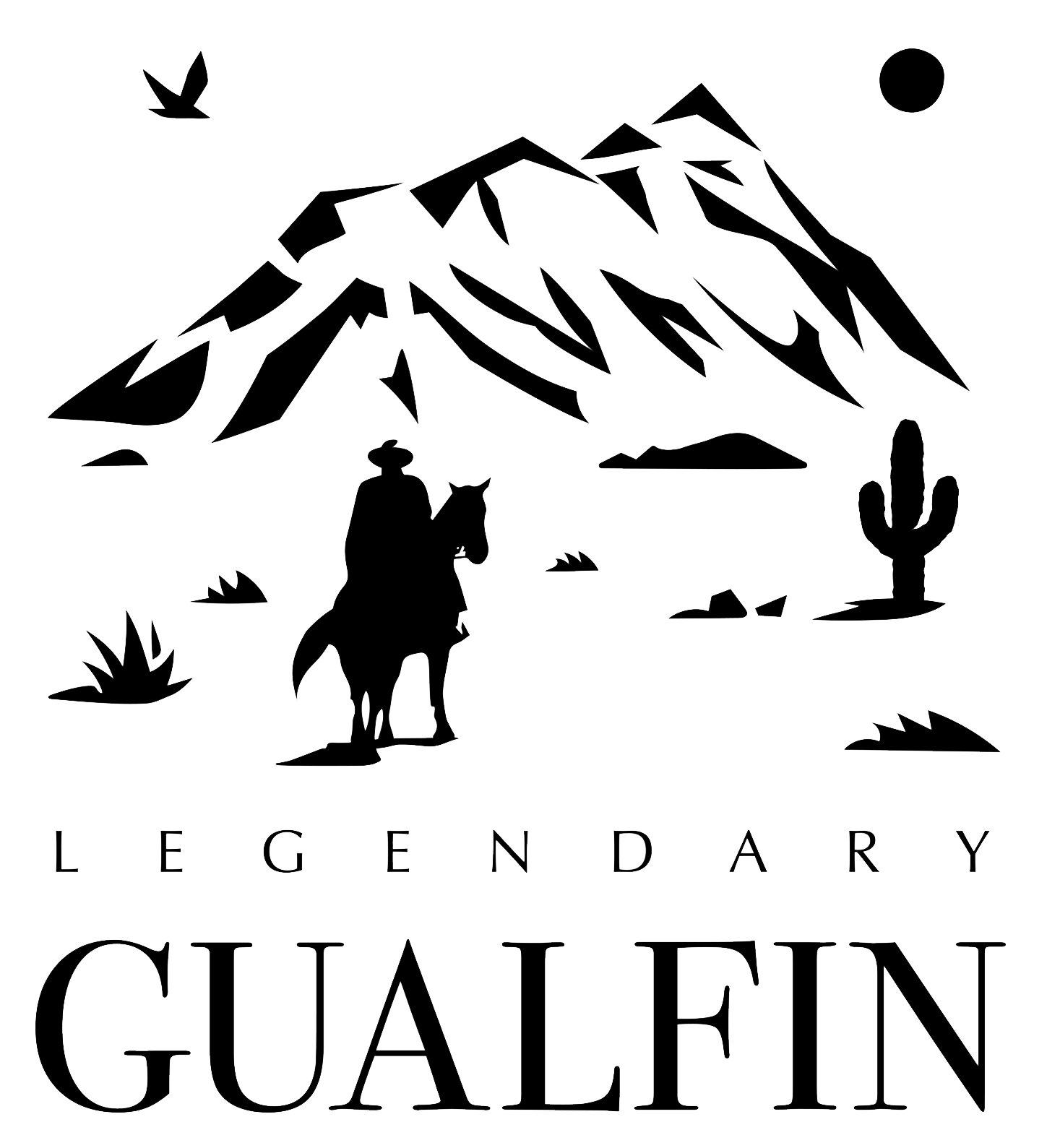Checking in on Lockdown in Argentina
Week 32 of the Quarantine
SAN MARTIN, ARGENTINA – The river that was so wide and deep, we couldn’t cross when we got here in March, is down to a small stream… as if a fire hydrant had been opened upstream.
And every drop of it needs to be shunted off to water the onions or the alfalfa.
The alfalfa is ready to cut and bale. We begin at the northern field… and keep going… day and (sometimes) night – leaving round bales in the fields, spaced out as if they were practicing some kind of social distancing of their own.
Then, we start at the top again. This continues, almost without interruption, for about six months – cutting, raking, baling… until we have ricked up some 3,000 bales.
Or until the water gives out.
We make sure no water is wasted by carefully shoveling out the canal – by hand. A crew of 13 paleadores starts at one end… and keeps going for the next four days – digging a total of about two miles’ worth of trench.
Then, the river is blocked off, forcing the water into our two major irrigation ditches, one on each side.
The water flows for a week at a time. After seven days, we break up our dike so people downriver will get some of the precious liquid.
Argentina Lockdown
It’s mid-spring. And we’re still here – in Northwest Argentina – with a quarantine tighter than ever. The Argentines have used the toughest “lockdown” approach in the world.
We are in an extremely rural area – much like Nevada or Montana. But even on our dirt road, there are police roadblocks every 20 miles or so.
The lockdown approach seems to be able to delay the disease, but not stop it. Every time the door is opened, in it comes. Then, a “spike” in cases causes the authorities to slam the door shut again.
How long this can go on is anyone’s guess. Thanks to government policies over the last 70 years, the gauchos are far from rich. Many are sinking into extreme poverty.
Back in the early part of the 20th century, the Argentines were about even with Western Europeans, in terms of income per capita. Now, the country is number 68 on the list, below Russia and Romania.
And now, Argentina’s economy is in a depression, with the peso falling like a stone in a well. It was on par with the U.S. dollar when we first came to the country 20 years ago. Yesterday, on the black market – which is where most of the money gets exchanged – it was at 181 pesos to one single dollar.
It would be a marvelous time to go out to a fine restaurant. A thick, delicious Argentine steak… a bottle of the best wine on the menu – the meal would cost barely more than a visit to McDonald’s in Baltimore.
That is a curious and surprising consequence of an economic catastrophe; it has its advantages.
Alas… the restaurants nearby are all closed…
What a marvelous place to be quarantined! Always beautiful… always interesting… and always on edge.
